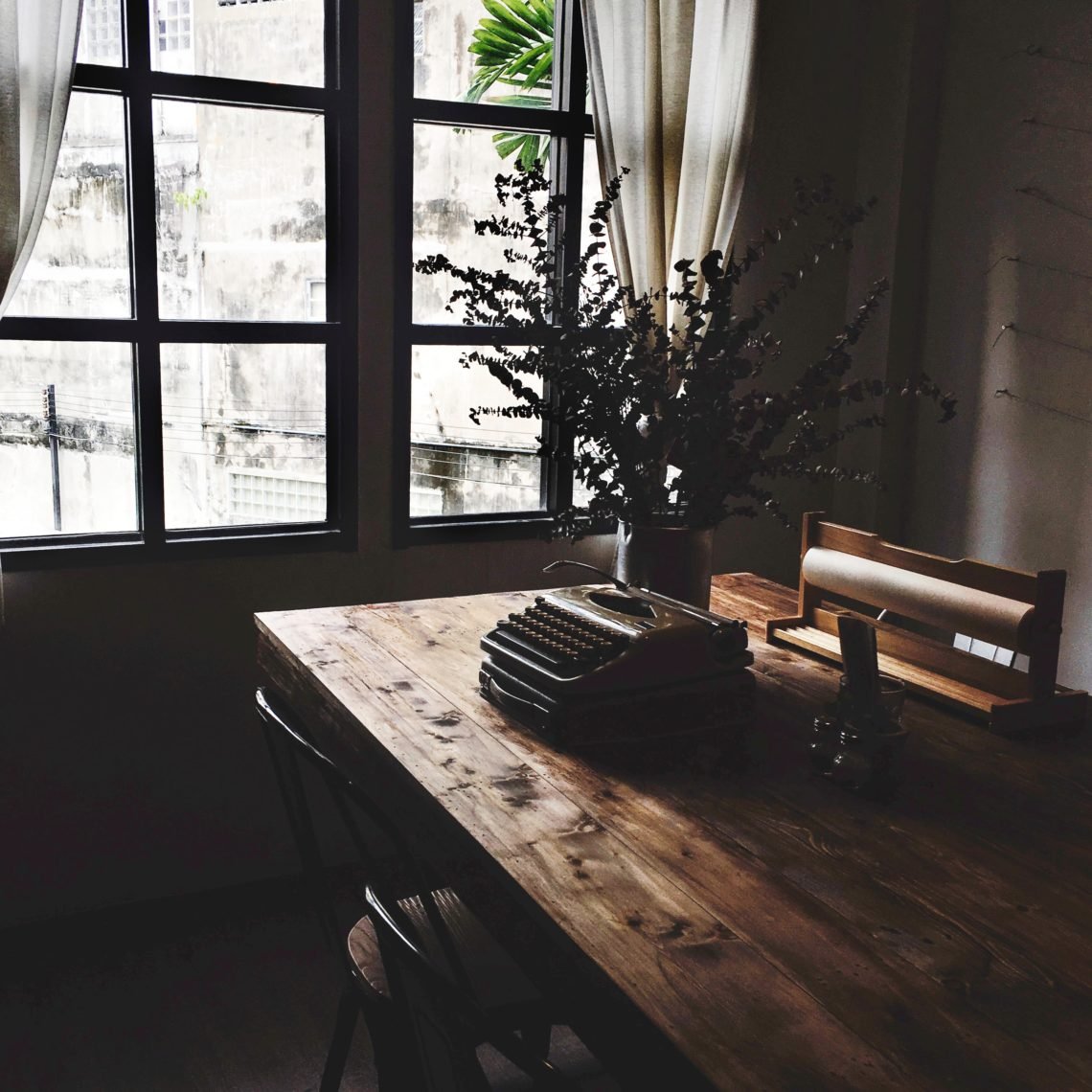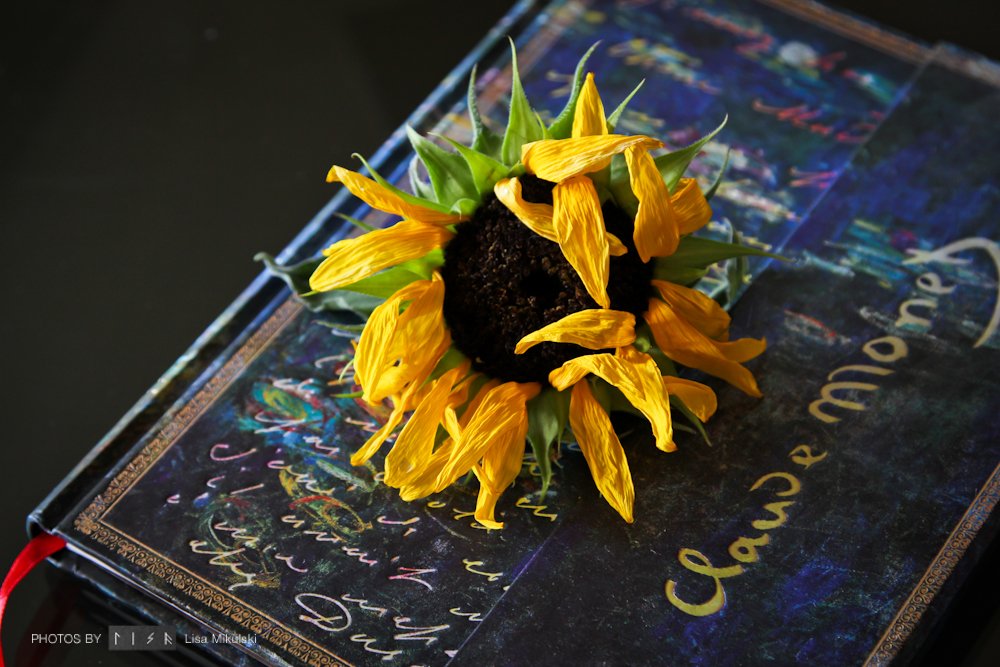
How to work with an arts writer
Getting your art or exhibition promoted in an arts publication, magazine, or newspaper opens up your work to a wider audience and encourages readers of that publication to seek you out. Getting a spread in a reputable publication is something that nearly every artist aspires to because, along with the dazzle of being published, that write-up also has the potential to lead to sales or greater gallery representation.
You may wonder why I seem to be stating the obvious, but having been an arts writer for fourteen years, it never fails to surprise me how unprepared artists and galleries can be when a reporter calls. I’ve found that some artists, even in 2019, still have no contact page on their website (seriously, how can galleries or collectors even contact you?), or do not have their work photographed or formatted for marketing purposes. I see galleries taking the easy way out; when asked for a direct and personal quote about an artist they are representing, the gallery instead provides a cut and paste statement from their most recent press release.
Because I tend to run into these types of issues often when reporting for publications, and because I’m always so pleased when artists or galleries have their materials together for presentation, I thought some tips on how to work with an arts writer might be beneficial for all concerned. I’ve even included a few suggestions for publications on how to treat and respect the writers working for you.
Artists, Be Prepared for Business
- Create a website. Not a Facebook page. Not an Instagram page. A real, honest-to-goodness home for your work on the internet, and the basis for all other marketing efforts. Please have a website with an “about page”, your artist statement, a portfolio of your work, and a contact page with social media profiles. Before an arts writer can pitch your story to their editor or begin to research your work, we like to see a bit about who you are and the work you are doing. We want to see that you are serious and professional. Update your site regularly.
- Other things we like to see, if possible, is a listing of where you have shown your work before, any past press pieces, current exhibitions, upcoming exhibitions. Also tell us something about yourself in your “about” page. We like seeing the humans behind the art.
- Having worked with artists and galleries since 2000, I know that artists just want to make art. They don’t like to do the marketing required to promote their work. I get that. But this work needs to be done … you are running a business. If you are the type who just wants to head to the studio and create art, hire someone to do the marketing and PR for your studio. Hell, hire me. I love artists and galleries and can help with promotion and communications.
- Get your work photographed by a professional. Tell the photographer that you will need two versions of each photo – one low resolution for online publication, and a high resolution for print publications such as magazines and newspapers. Put these photos in a specific folder on your computer so that when an arts writer calls – usually working on tight deadlines – you are ready to go and can provide imagery of your signature works in a heartbeat. We will love you for this!
- When an arts writer offers you a feature story interview, it is usually because we have been moved by your work or have been given an assignment by our editor. We are not the enemy. We do not wish to write horrible things about your work. We will not ask you trick questions. Writing feature stories of your art for a publication is with the hope of providing you with additional promotion and to provide our readers with a good story. Unless we are specifically writing a review of your work – which could be good news or bad news – there is nothing to fear. Enjoy the process.
Galleries, Rep Your Artist Well
- I’ve worked with a number of galleries and served as Gallery Director twice. I understand how much work it is to run a gallery space. Selecting artists and works, organizing shows, marketing … it is a labor of love and a balancing act for providing the best PR for your artists and maintaining a working budget for your gallery. I have been fortunate to write for and with some exceptional galleries who work hard at representing their artists. Even so, there are galleries which get a bit lackadaisical. Artists beware.
- If we ask for an artist’s contact info, please give it to us – we need to interview them. Don’t make us wait days or jump through hoops as though their email is some type of State secret. Get this stuff sorted beforehand because writer’s don’t have this kind of time – we have deadlines. If the artist is not interested in getting promotion, tell us so we can move on to the next artist who might appreciate the effort.
- Please provide updated and current photos with the press release for show exhibitions. Show us what’s going to be in the show, not what the artist produced three years ago.
- My major pet peeve. When an arts writer contacts you for a quote, please provide a thoughtful statement. Do some thinking here. Do not just give us a cut and paste response from your press release. Chances are good that we already have your press release at hand or will ask for it. When contacting galleries for their insight, arts writers want to hear your voice – in response to the article and the topic we’re writing about. Tell us what moves you about this artist’s work. Why did you select them? How do they fit in your stable? What do you want the readers of our publication to know? We are looking for something special and unique from you about the artist you are making a commission on, not a sound bite from your marketing script.
Publications, Please Respect Your Writers
- Do not ask us to write for free. Do not pay us only eleven cents a word. You are working with professional writers who are often on the front lines of the art world. We are the ones who go to gallery openings, exhibitions, art walks, and International art shows – usually on our own dime. We do this because we love art. But our profession also involves more than just gallery hopping and writing a 1000 word feature. Many of us have art history or studio art educations (with accompanying student loans to pay off). We read a lot of art magazines and papers to keep up with the market and to inform our research. Writing those 1000 words typically includes a visit to that artist’s studio (on our own dime); interview time; research; curating the imagery to be included in the article; and the knowledge and skills required to make your magazine something people want to pick up, advertise in, or subscribe to. Please pay us accordingly.
- I have worked with a number of arts publications. Some of those publications provide edited copy and/or a layout for the writer’s review prior to going to press, and some do not. Please be one of those that does. There have been a number of times when I have excitedly opened a magazine only to find that my words have been over-edited or the idea of what I was trying to get across has been completely changed. And there it is … unchangeable and in print. Writers spend hours putting together the right words for your article. Our names are assigned to those articles. Our reputations are on the line. The articles we write usually appear in our portfolios. Please allow the time in your production process for your writers to review the final version of their copy so we aren’t surprised or horrified after distribution.
- You have a problem with one of your writers or with something they have written? Please talk to us. Don’t diss us, make us guess, or require us to read your mind. Treat writers with respect and keep them informed. We are in the business of communication.
Related
You May Also Like

Boston International Art Fair 2018
October 19, 2018
Feature articles for Venü Magazine
March 13, 2019

